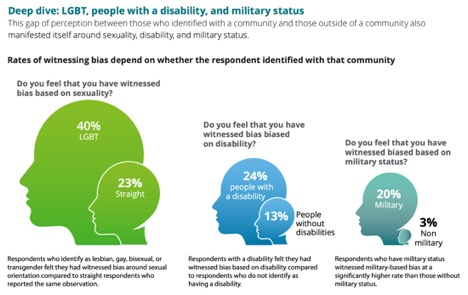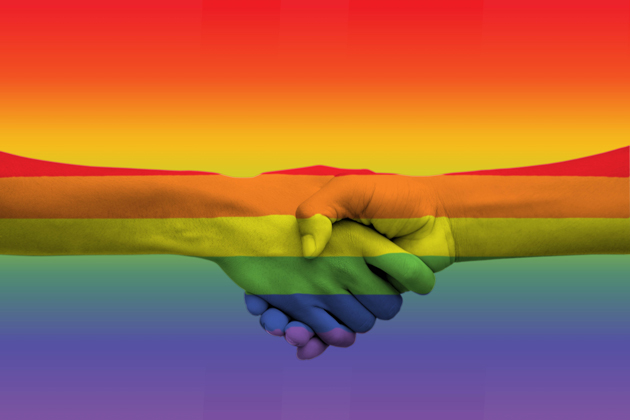U.S. government regulators at the Equal Employment Opportunity Commission (EEOC) are requiring all private companies with over 100 workers to provide information including their workers’ genders, race and ethnicity as it relates to compensation. The EEOC uses this information, in part, to measure any pay gaps between employees that could be based on these characteristics. The EEOC instituted the requirement in 2016, and it covers about 70,000 employers and 54 million workers.
The Trump administration halted the rule’s implementation in 2017, but advocacy groups sued the EEOC, and in April, a federal district judge ordered its reinstatement. The rule requires that employers submit information about employees’ median pay and hours in various positions within the company, from sales staff to executives, both full-time and part-time.
The policy is intended to make companies confront the actual data about their gender and racial pay gaps, which they may be reticent to do. Former EEOC commissioner Jenny Yang said, “Right now, there’s a strong incentive to not look under the hood, because if you find problems, many feel they’re under an obligation to immediately fix it, so they’d rather not.”
Not all companies are so unwilling to address the issue. For example, Nordstrom announced that it had achieved full pay equity, but that it was still working to ensure an equal share of men and women in leadership and top-paying jobs.
Intel also announced “full representation” in its workforce—that the makeup of their workers mirrors the available talent pool—and pay equity for male and female employees.
At the same time, U.S. pension funds and investors are similarly applying pressure to companies over their pay gaps. The pension funds for the states of Connecticut, Minnesota and Oregon are reportedly pushing for companies to disclose information about the promotion and compensation gaps within their ranks, as are private investment firms. These investors see companies’ insufficient gender equality as a risk that affects their bottom line. Tobias Read, treasurer of Oregon, told the Financial Times, “Gender equality, if we are not paying attention to that as a risk, we are not living up to our fiduciary responsibilities.”
Investment firm Arjuna Capital has filed multiple shareholder proposals to the various companies it invests in, asking for them to disclose median pay information related to gender and race. In response, Citigroup disclosed that its female employees make 29% less than their male colleagues, and pledged to continue working to increase representation of women and minorities within the company. Famously, the firm State Street Global Advisors put a bronze statue of a small girl near the Wall Street bull to raise awareness of index funds of companies that have gender-diverse leadership. Reportedly, as a result of the publicity, hundreds of companies worldwide moved to add at least one woman to their boards.
Investors making decisions based on environmental, social and governance (ESG) factors has been a growing trend, as Risk Management reported in the May article “Getting Serious About ESG Risks.” As that article stated, investors have used their clout to make companies focus on issues like climate change, and start considering not only the affect that environmental changes have on the business, but also the effect the company’s operations have on the environment. These considerations are changing risk managers’ evaluations and calculations of their companies’ risk profiles, and slowly changing companies’ gender diversity.
A lack of gender equality in pay or representation can not only lead to reputational damage for a company, but companies that do not have diverse workforces at all levels can miss out on the innovation that diversity and inclusion can bring. And this does not just mean bodies in the room—it means actually listening to different voices from different groups of people.


